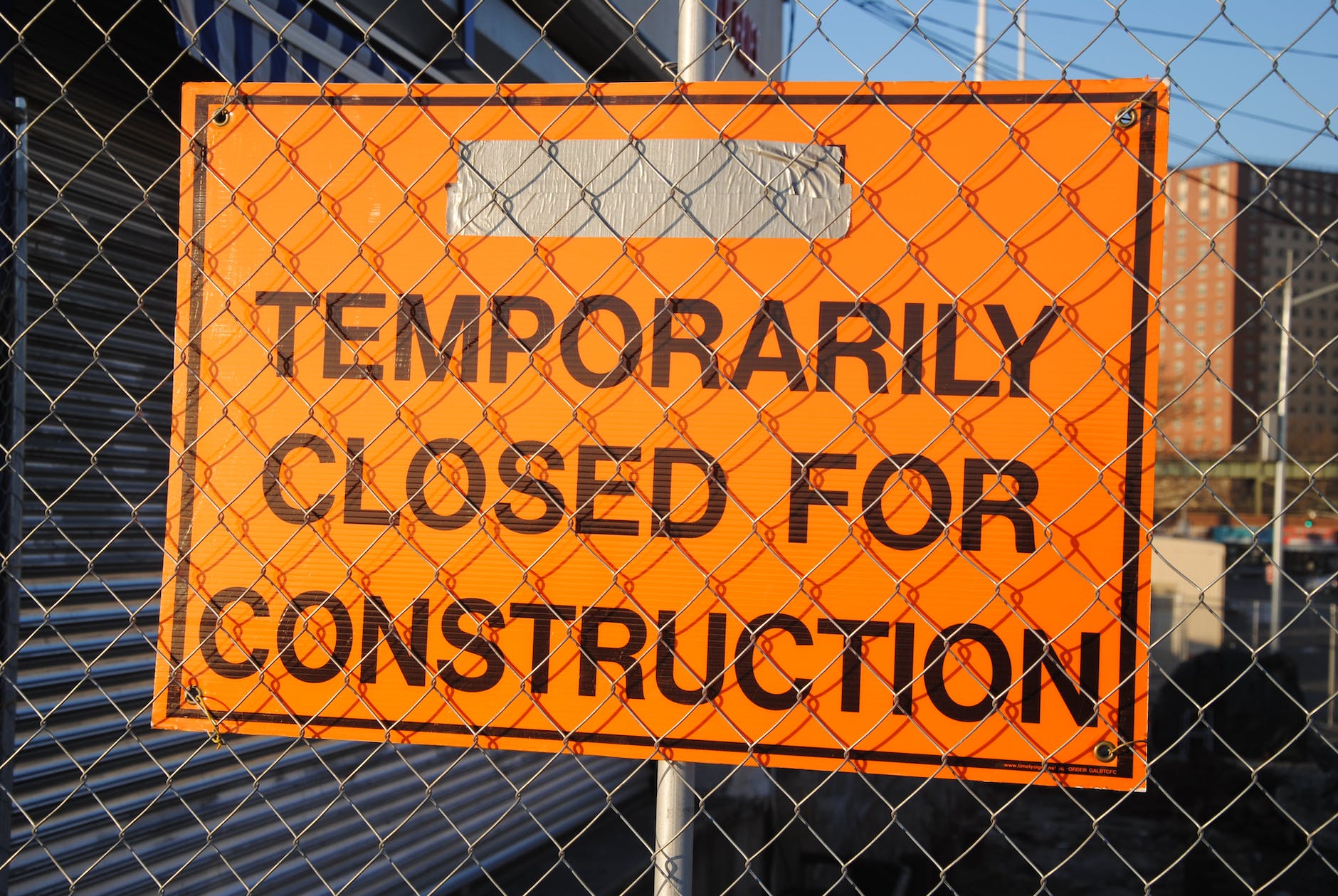
Construction Site Safety: Ensuring a Secure and Productive Work Environment
Introduction
Construction Site Safety : Construction sites are bustling hubs of activity where various tasks are carried out simultaneously to create magnificent structures. However, amidst the energy and productivity, safety must always remain a top priority. Ensuring construction site safety is not just a legal obligation, but it’s also crucial for the well-being of workers and the overall success of a project. In this article, we’ll delve into the key aspects of construction site safety, discussing preventive measures, training protocols, and the significance of a safety-first mindset.
The Importance of Construction Site Safety
Preventing Accidents and Injuries
Construction sites are rife with potential hazards such as heavy machinery, elevated platforms, and hazardous materials. Prioritizing safety measures significantly reduces the risk of accidents and injuries, protecting both workers and visitors.
Legal and Financial Ramifications
Failing to adhere to safety regulations can result in legal penalties and financial losses for construction companies. Lawsuits, fines, and increased insurance premiums are some of the potential consequences of neglecting safety protocols.
Key Aspects of Construction Site Safety
Comprehensive Risk Assessment
Before commencing any project, a thorough risk assessment must be conducted. This evaluation identifies potential hazards, assesses their severity, and formulates strategies to mitigate risks.
Adequate Training and Supervision
Every worker, regardless of their role, should undergo comprehensive safety training. Additionally, on-site supervisors play a pivotal role in ensuring that safety protocols are followed diligently.
Proper Use of Personal Protective Equipment
Personal protective equipment (PPE) such as helmets, gloves, and harnesses act as the first line of defense against potential accidents. Ensuring proper usage of PPE is essential.
Secure Scaffolding and Ladder Usage
Falls from heights are a significant cause of construction site injuries. Proper installation and inspection of scaffolding and ladders can mitigate this risk substantially.
Electrical Safety Measures
Electrocution and fires are potential hazards on construction sites. Implementing safe practices for electrical connections and equipment usage is imperative.
Hazardous Material Handling
Construction sites often involve the use of hazardous materials. Proper storage, handling, and disposal of these materials are critical for the safety of workers and the environment.
Cultivating a Safety-First Mindset
Leadership’s Role in Safety
A culture of safety starts at the top. When leaders prioritize safety, it sets the tone for the entire workforce to follow suit.
Open Communication Channels
Workers should feel comfortable reporting safety concerns without fear of reprisal. Open communication channels enable the identification and resolution of potential hazards.
Regular Safety Inspections
Frequent inspections by trained professionals help identify potential risks that may have been overlooked. Addressing these concerns promptly enhances overall safety.
Conclusion
In the dynamic world of construction, safety isn’t just an option; it’s a necessity. Prioritizing construction site safety prevents accidents, ensures legal compliance, and promotes a productive work environment. By implementing comprehensive risk assessments, providing adequate training, and fostering a safety-first mindset, construction companies can create safer and more successful projects.
What Does HSE Mean in construction?
Construction Site Safety Rules
Fatal Four Hazards in Construction Site
Construction Site Injuries Factor
FAQs (Frequently Asked Questions)
- What is the significance of construction site safety? Construction site safety is vital for preventing accidents, injuries, legal penalties, and financial losses. It ensures the well-being of workers and the successful completion of projects.
- What role does leadership play in cultivating a safety culture? Leadership sets the example for safety. When leaders prioritize and demonstrate safety measures, it encourages workers to do the same.
- Why is proper training crucial on construction sites? Proper training equips workers with the knowledge and skills to identify hazards, use equipment correctly, and respond effectively in emergency situations.
- How can workers contribute to construction site safety? Workers can contribute by adhering to safety protocols, reporting hazards, and actively participating in safety training programs.
- What is the long-term impact of neglecting construction site safety? Neglecting construction site safety can lead to accidents, injuries, legal consequences, and damage to a company’s reputation, potentially affecting its long-term success.
























